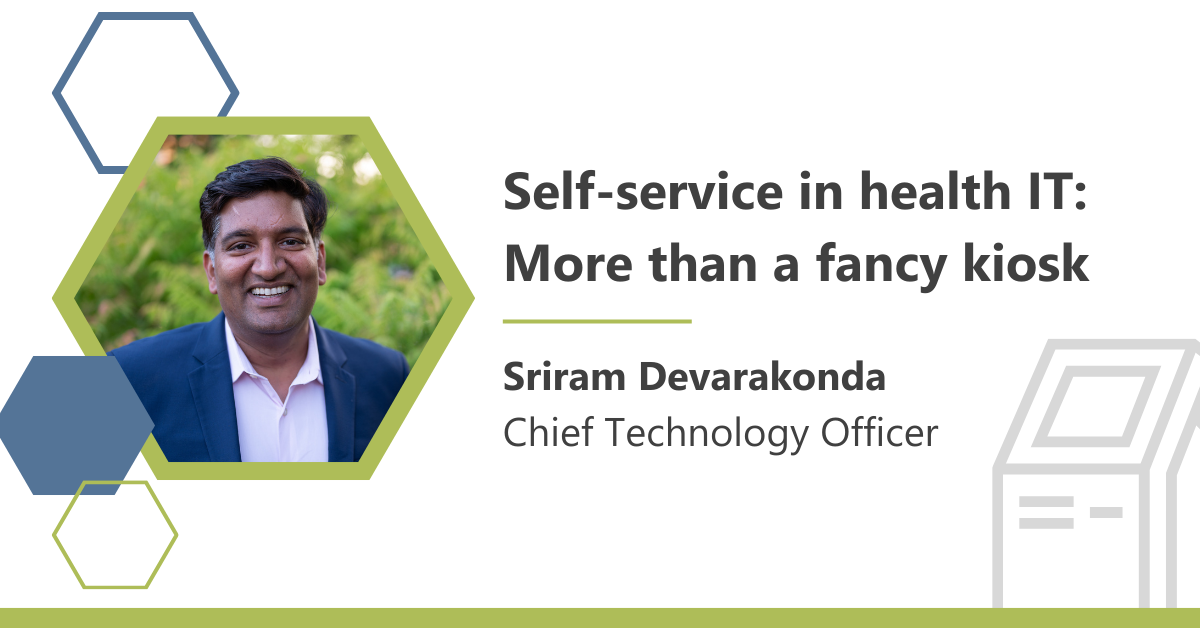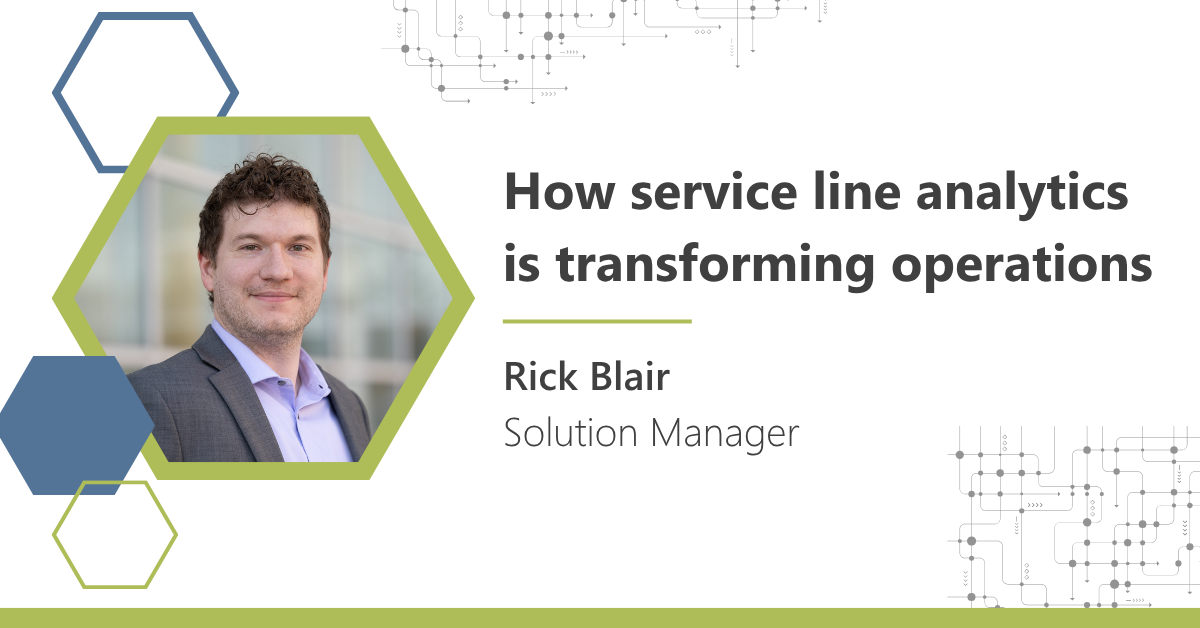 Most health systems are swimming in analytic assets, with thousands of dashboards, reports, extracts, and one-off builds scattered across tools and teams. But volume rarely translates to value. Leaders struggle to find answers, analysts spend hours reconciling conflicting logic, and trust in the data erodes. The real issue isn’t a lack of reporting; it’s a lack of alignment. Without structure and governance, even the best tools lead to confusion, not clarity.
Most health systems are swimming in analytic assets, with thousands of dashboards, reports, extracts, and one-off builds scattered across tools and teams. But volume rarely translates to value. Leaders struggle to find answers, analysts spend hours reconciling conflicting logic, and trust in the data erodes. The real issue isn’t a lack of reporting; it’s a lack of alignment. Without structure and governance, even the best tools lead to confusion, not clarity.
The real problem: volume without strategy
Across healthcare, there’s a familiar pattern: teams respond to urgent requests with custom reports, analytics teams grow organically, and tools accumulate with each initiative. Everyone means well, but over time, this leads to reporting sprawl.
Some of the most common symptoms of reporting sprawl include:
- Teams pulling different numbers for the same KPI
- Analysts unable to locate source logic
- Dashboards maintained by staff who no longer work there
- A backlog of ‘quick fixes’ for old reports
- Conflicting guidance from IT, finance, and operations
These can result in:
- Dozens of slightly different versions of the same metric
- Reports built on logic that lives only in someone’s SQL
- Dashboards with no clear owner, business case, or audience
- Legacy tools (Crystal, SSRS, Access, Excel) that coexist with newer platforms such as Power BI or Tableau
Individually, these may be manageable; together, they create an ecosystem where no one knows what’s current, correct, or even useful. The longer this fragmentation persists, the more organizations invest in maintaining the chaos rather than solving it. It becomes harder to retire old content, onboard new analysts, or scale insights across teams. Without a shared sense of what matters and what’s accurate, even routine questions can trigger a cascade of conflicting reports and wasted effort.
The consequences of report sprawl
The cost of reporting chaos is real — even if it doesn’t show up on a balance sheet. It reveals itself in missed opportunities, delayed decisions, and lost trust in the numbers. You don’t need to look far to see how this plays out:
- Executives make conflicting decisions based on inconsistent reports
- Analysts spend more time debugging than discovering
- Clinical and operational leaders question the data instead of acting on it
- Duplicate requests pile up because no one trusts what already exists
The downstream impact extends beyond analytics teams. Operational inefficiency creeps in when frontline managers wait days — or weeks — for validated data. Strategic initiatives stall because no one can agree on a baseline. Staff burnout rises as analysts become the middlemen for conflicting report logic. And clinical outcomes suffer when decisions are delayed or second-guessed due to reporting uncertainty.
We’ve seen teams rebuild reports from scratch simply because the original version was too buried or didn’t inspire confidence. In some cases, multiple different dashboards, with slight variations between each, attempt to answer the same question, causing more confusion than clarity.
When data conflicts, trust erodes. And when trust is gone, decisions stall — and change doesn’t follow.
A real path to cleanup and clarity
This isn’t a technology problem, it’s a problem with strategy. While the problem may feel overwhelming, the solution can be both simple and sustainable. Cleanup begins not with a new platform, but with a shift in mindset: treating reports as products with lifecycles, ownership, and value. Here’s a process we’ve seen work across multiple organizations:

This isn’t a one-time clean-up — it’s a cycle. One that organizations must revisit to keep reporting aligned, trusted, and usable at scale. We’ve used LLMs to streamline steps like inventory and logic review, but lasting clarity still relies on human-driven structure and governance.
What leaders should be asking
Once you've identified the problem and committed to the cleanup, the next step is reflection. The organizations that make the most progress start by asking the right questions that shift the conversation from tools to trust, and from output to outcomes.
- Do we know how many reports we have, and in which tools?
- Which reports are actively being used, and which ones are noise?
- Are our metric definitions consistent across departments and tools?
- Who is responsible for keeping our reporting ecosystem clean?
- Are we investing in better answers, or just generating more output?
These are not IT questions. They’re leadership questions, because data trust is a strategic asset, not just a technical one. Clarity starts when leaders step back and ask not just what’s being reported, but whether it’s helping anyone make better decisions.
Organizations don’t need more dashboards — they need more decisions made with confidence. That confidence comes from alignment: clean inventories, consistent definitions, intentional governance, and a commitment to quality over quantity.
If reporting isn’t helping people move faster, act smarter, or align around goals, it’s just noise. While cleaning it up takes work, it’s the kind of work that pays off in trust, speed, and better outcomes. You already have the data and the tools; now it’s time to make them work the way they were intended.
We’ve helped healthcare organizations, large and small, untangle reporting sprawl and rebuild trust in the data. If you’re ready to bring clarity to your analytics ecosystem, reach out!







